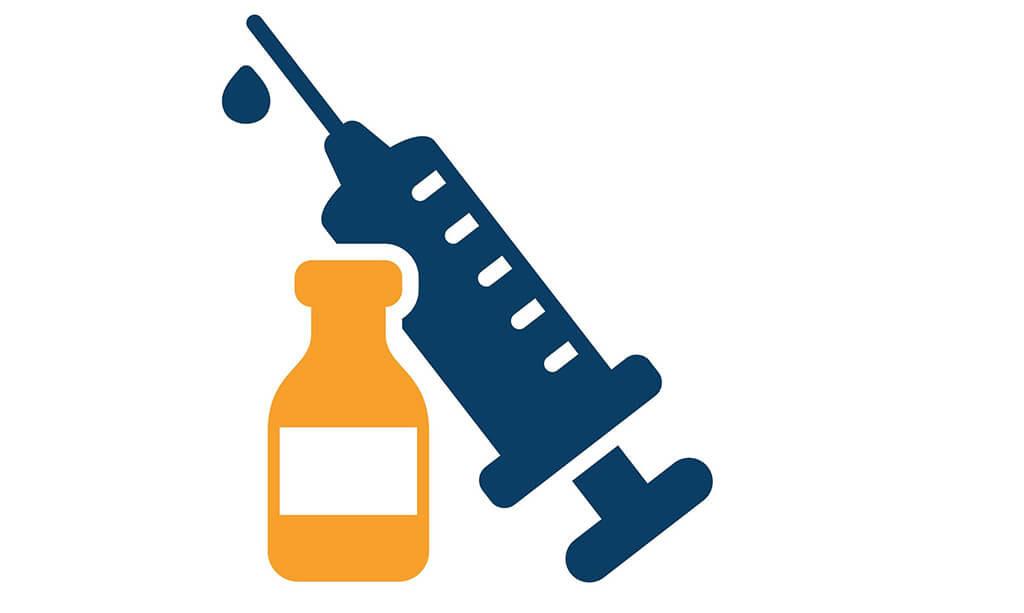
In this ESL lesson, the student will learn and practice using vocabulary related to the immune system and vaccine engineering. They will also practice using singular and plural forms of nouns of Latin origin.
Disease-causing organisms are all around us. Luckily, we can harness the power of science to prevent them and even eliminate them from the population so that we don’t have to worry about them anymore. How to do it? You will find out in this lesson. Learn some vocabulary to understand what your doctor and the media tell you about deadly viruses and ways of dealing with them. Create your own opinion based on scientific facts rather than lack of knowledge and fear. Talk in English about what vaccines are and what they are not. Don’t stay in the dark! Start this lesson right now!
Warm-up discussion
In the introduction, the student discusses their experience related to sickness and diseases.
Vocabulary: diseases
The student is introduced to the names of disease-causing organisms – virus, bacterium, parasite, and fungus, as well as their singular and plural forms. These are then used to complete sentences.
Furthermore, the student learns the words needed in order to understand how vaccines work (e.g. infection, antibody, cell, etc.).
Vocabulary: Labelling parts of the immune system; immunization verbs
Based on the image of the immune system, the student adds the missing words to label its parts (e.g. lymph nodes, appendix, tonsils, and bone marrow).
Having learned the meanings of the verbs treat, inject, and immunize, the student learns about the prepositions they collocate with.
Reading and vocabulary: vaccines
The student reads true some facts and some fabricated facts about the first vaccine ever and decides which of them are true and which are false.
Before learning about the procedure for making a vaccine, the student matches laboratory objects with their names (e.g. test tube, beaker, tongs, etc.) and learns about their purpose.
The student then reads a text about the ingredients of a vaccine, at the same time completing sentences with the correct options.
Video: How do vaccines work?
After watching a video about how vaccines work, the student reads sentences based on the video and marks them true or false. Then, they put the steps of making a vaccine in the correct order (e.g. 1- Initial development, 2- Clinical trials, etc.).
Video: COVID-19 and mRNA vaccine
Prior to watching the video, the student chooses COVID-19 symptoms from the list. Then, they watch a video about misconceptions around mRNA vaccines and finish sentences based on the video.
Moreover, they match questions about antibodies, antigens and mRNA vaccines with the correct answers.
Reading: The future of mRNA technology
After reading the text about the future of mRNA technology, the student decides on the best title for it.
Vocabulary and discussion: vaccine-preventable diseases
Looking at the list of illnesses, the student needs to decide which of them are treated with antibiotics and which of them are caused by viruses/bacteria.
Then, they match the symptoms to vaccine-preventable diseases (polio, chickenpox, tetanus, and mumps) and share their own experience with these diseases and what they were vaccinated against.

The Mutiny of the Machines
This C2 ESL lesson explores the complex risks and challenges of…

The AI Wake-Up Call
This C2 reading practice lesson takes students through a complete exploration…

Will robots replace us?
In this Upper-Intermediate lesson plan students will explore the social impact…


